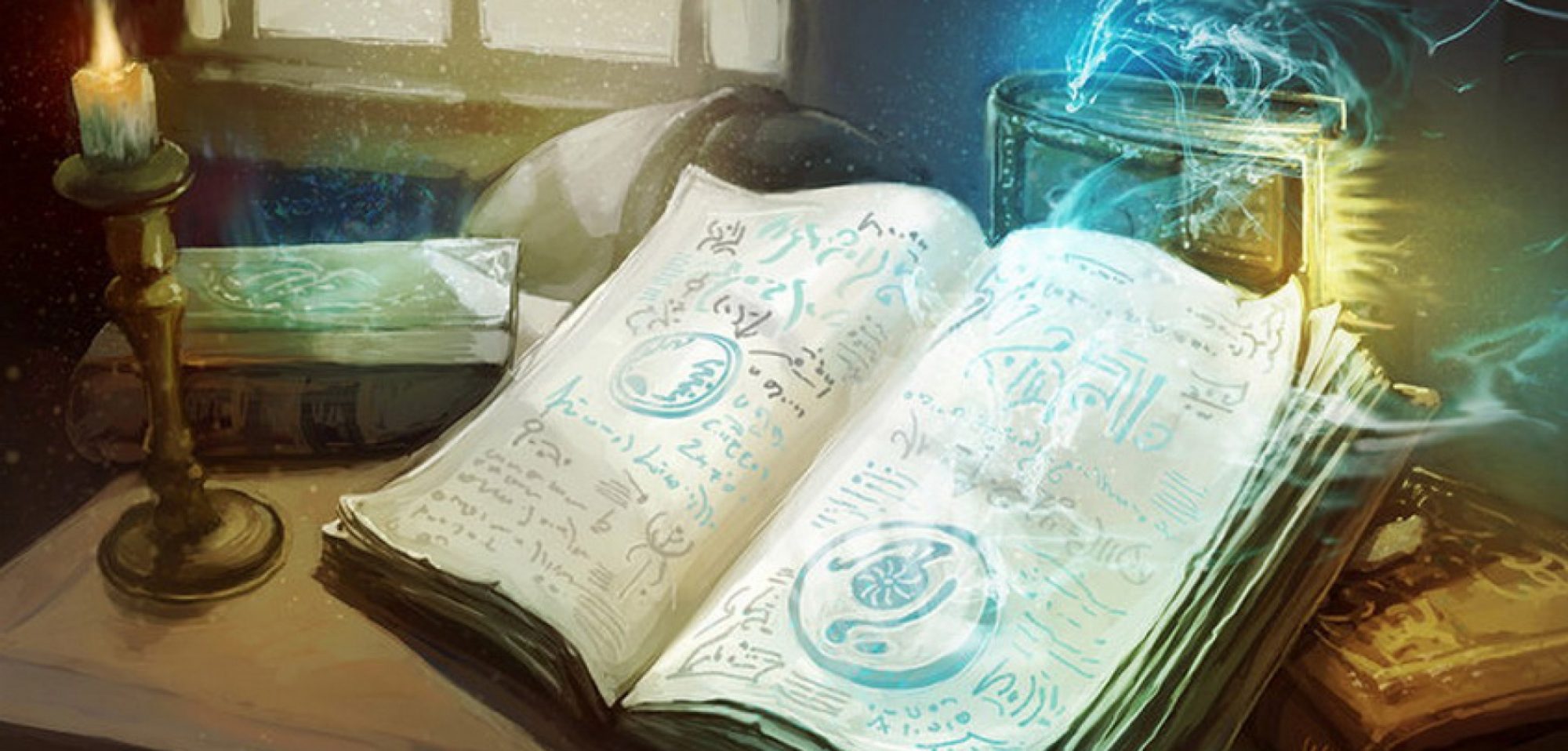For over twenty years I have been an avid Magic the Gathering player. Over the years I have played many variants . Below are a handful of the ones I come back to often.
Hamilton Magic
Hamilton Magic is an Ultra Budget format. It was originally created as a fun way to get together and play with some friends without breaking the bank, as well as to challenge deck building skills.
The original challenge was simply to build a normal MTG deck that cost $10 or less. This challenge alone became easy enough as there are thousands of viable efficient options even at this low price point. Shortly after additional challenges were added to further push our deck building skills.
Here is a complete list of Challenge Rules and FAQs.
Chaos Magic
This variant works best with 60 card decks. Chaos magic is a variant in which a separate deck of cards is placed in the center of the table. This deck of cards is filled with spells or enchantments that affect the entire board. After one round of play the top card of the deck is flipped and the effect happens. I found it best to aim for cards that cause disruption but not stalling the game so avoided board wipes or mass land destruction. Cards like Thieves Auction made for a much more interesting type of effect over something like a wrath.
You will likely run into a handful of rules issues that pop up from this so be prepared to iron these out. We generally followed a couple house rules.
- If the effect requires to pick a target each player gets to pick a target. This leads to some effects happening once per player even if the card only indicates once.
- The card cant be responded to, nor can the effects. No counter spelling, no sacrificing creatures in response. If the card would trigger an effect ignore that effect. It occurs in a special phase, so there are no end of turn effects for other players. The idea is the event alters the game and no player gets to benefit from it
- If a rules conflict arises find the outcome that is least beneficial to all players. Everyone should accept the point is to rain chaos on the game not be a tool to win over other players (though for sure some decks handle specifics outcomes better than others)
Horde Magic
This variant works best with 60 card decks. Put a stack of cards in the center of the table. Our deck started at 140 cards. Three quarters of the cards should be powerful creature cards the rest will be token creatures you’ve selected. Players share a single life total of 20+10 per additional player. They take their turn together much like two-headed giant. The horde deck then takes its turn following these rules
- The Horde has an emblem: “Creatures you control have haste and must attack every turn.”
- All choices for the Horde must be made randomly.
- At the beginning of the Hordes turn instead of drawing reveal cards from the top of the deck until you reveal a non-token card. Put these creatures into play.
- The Horde activates every ability on any of its cards one time for free. It may not activate any ability a second time.
- The Horde attacks each turn with every creature, blocking damage is determined randomly as needed.
- If the Horde would lose life instead exile cards from the top of it’s library. If the Horde would gain life instead shuffle that many cards from the graveyard back into the library.
- When the Horde has no creatures in play and no library left the players win.
This was a game of balance, finding the right creatures and tokens is part of the fun, some builds were little to no threat to us, other times we were stomped quickly. Find that balance and tweak as needed.
Rainbow Allies
This variant works with either 60 card of EDH decks. It requires 5 players to run properly. Using the back of a card as reference every player represents one of the 5 colors of magic (They are free to play any deck, they are not bound to play only the color they represent, though that also is a fun additional challenge). A player wins the game when the two opposing colors have both been knocked out. This leaves every player two enemies, and two neutral parties who survival may be in their best interest.
- The WHITE player wins when the BLACK and RED players are defeated.
- The BLUE player wins when the RED and GREEN players are defeated.
- The BLACK player wins when the GREEN and WHITE players are defeated.
- The RED player wins when the WHITE and BLUE players are defeated.
- The GREEN player wins when the BLUE and BLACK players are defeated.
These combinations can lead to a player who has already been knocked out of the game being declarer the winner. So if the Red player is knocked out first but then the White and Blue follow the Red player is victorious even though they were the first player killed.
Kingdom Magic
Commander Cube
Put Commander Cube excel sheet here.
Some of the more fun variants I have played and our rules for them.
